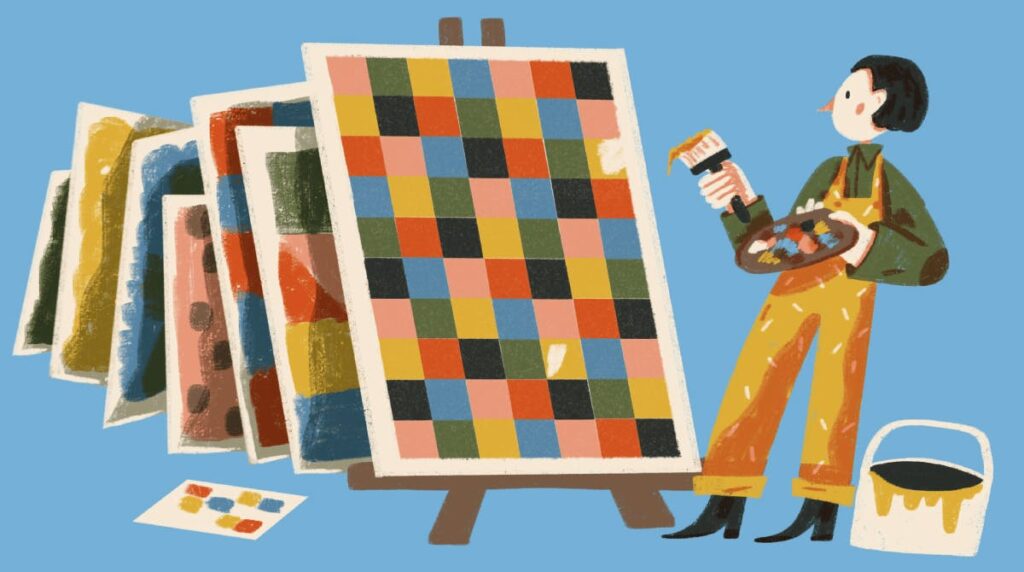Video game art is not just about the gameplay and the storyline, it is also about the design, specifically color and design elements. Color is a powerful tool in video game art as it creates the game’s atmosphere and mood, evokes emotions, and directs the player’s attention to different game elements. Each color has different meanings and psychological effects, and game developers use them to elicit specific reactions from players. Design elements such as character design, environment design, and UI design also play essential roles in creating immersive and memorable gaming experiences. It is necessary to understand how these elements work together to impact players’ emotions and reactions.
The Psychology of Color and Design in Video Game Art
Introduction
Video games are not just about gameplay and storyline; they are also about visual design. Every aspect of a video game’s art is purposefully created to elicit particular emotions and evoke specific responses from players. Color and design are two crucial elements in video game art that can affect how gamers feel and react to games.
The Role of Color in Video Game Art
Color is one of the most powerful tools in video game art. Games utilize color to create the game’s atmosphere and mood, evoke emotions, and direct players’ attention to different game elements. Different colors have different meanings and psychological effects, and game developers use these effects to elicit specific reactions from players. For example:
Red
Red is often associated with danger, aggression, and power. It is used in video games to create a sense of urgency, both in gameplay and in storytelling.
Blue
Blue is often associated with calmness and serenity. In video games, it is used to create a sense of tranquility and relaxation.
Green
Green is often associated with nature and growth. In video games, it is often used to create a sense of exploration and discovery.
Yellow
Yellow is often associated with happiness and optimism. In video games, it is used to create a sense of joy and excitement.
The Role of Design in Video Game Art
Design is another essential aspect of video game art that plays a crucial role in creating the game’s atmosphere, enhancing gameplay, and communicating the game’s theme and message. Game design elements include:
Character Design
Character design is every visual aspect of the game’s characters, from their physical appearance to their personality and behavior. Character design is critical, as it affects players’ relationships with the game’s characters.
Environment Design
Environment design includes the game’s landscapes, buildings, and other physical spaces. It is used to create a sense of place and to explore the game’s world.
UI Design
UI design involves the game’s graphical user interface, including menus, heads-up displays, and other in-game screens. It is used to enhance gameplay and the overall player experience.
Conclusion
The psychology of color and design in video game art is a complex subject, and game developers use it as a critical tool to create immersive and memorable gaming experiences. The colors and art design choices in a game can impact players’ emotions and reactions, so it is essential to carefully consider and understand how these elements work together.
